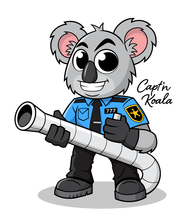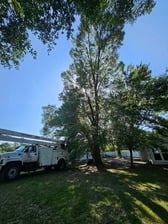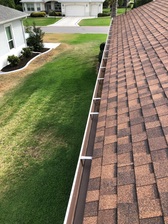
Get matched with top roof ice and snow removal pros in Newberry, FL
Enter your ZIP and get matched with up to 5 pros
Need a pro for your roof ice and snow removal project in Newberry, FL?
Verified Reviews for Roof Ice And Snow Removal pros in Newberry, FL
*The Angi rating for Roof Ice And Snow Removal companies in Newberry, FL is a rating based on verified reviews from our community of homeowners who have used these pros to meet their Roof Ice And Snow Removal needs.
*The HomeAdvisor rating for Roof Ice And Snow Removal companies in Newberry, FL is a rating based on verified reviews from our community of homeowners who have used these pros to meet their Roof Ice And Snow Removal needs.
Last update on December 09, 2025
Find Roof ice and snow removal pros in Newberry

JPH Services
JPH Services
Re-screen of Pool & Patio Enclosures, Aluminum/Metal work, Pressure Washing, gutter clean-out, concrete cleaning, & more... License & Insured
"It went well ! Looks great ."
Leonard S on January 2023
Re-screen of Pool & Patio Enclosures, Aluminum/Metal work, Pressure Washing, gutter clean-out, concrete cleaning, & more... License & Insured
"It went well ! Looks great ."
Leonard S on January 2023
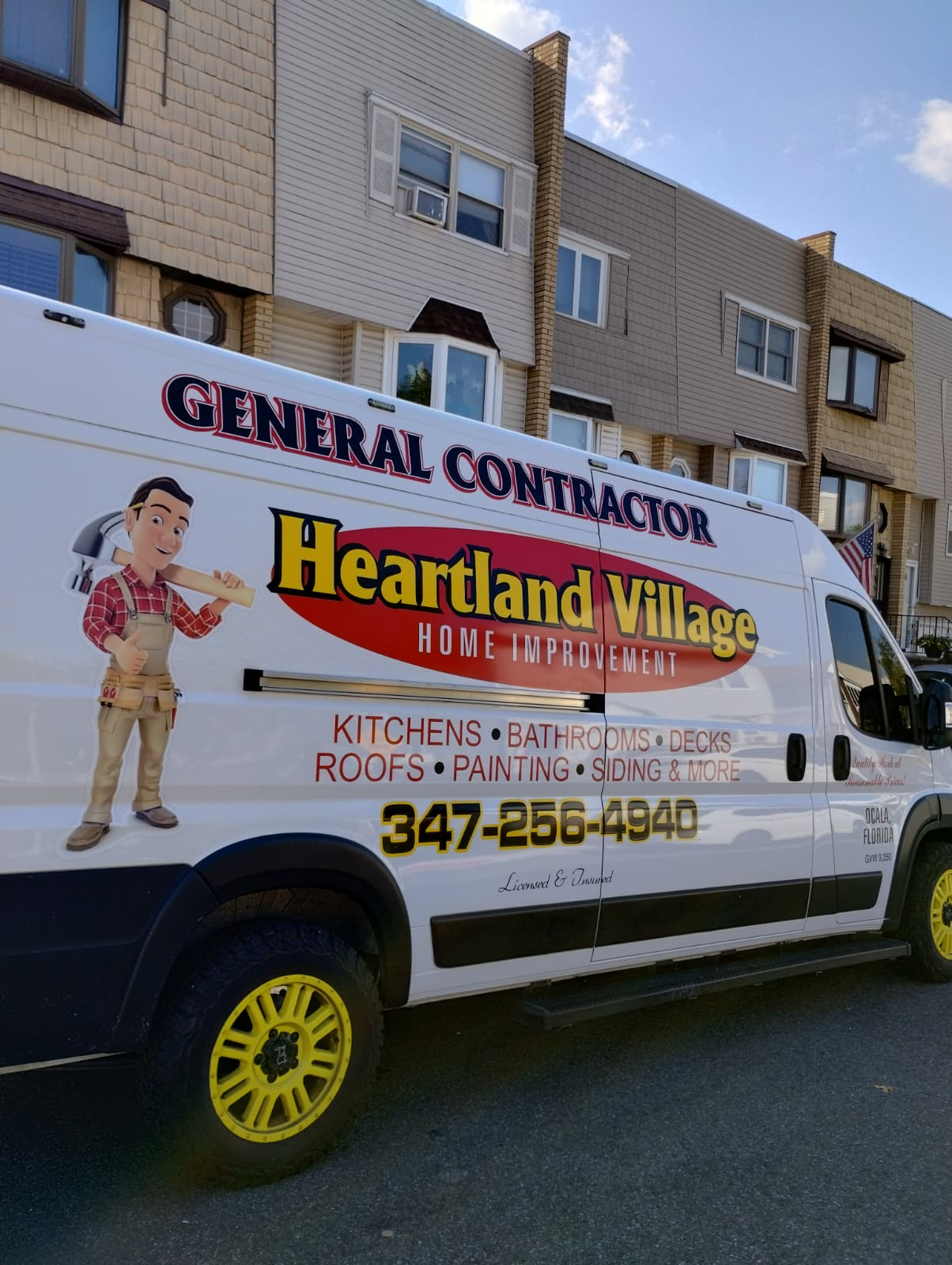
Heartland Village General Contracting and Handyman Services
Heartland Village General Contracting and Handyman Services
WE ARE OPEN WITH SAFETY PRECAUTIONS ,,LICENSE AND INSURED NEW YORK,,NASSAU COUNTY,, NEW JERSEY AREAS, EPA LEAD CERTIFIED. We work with insurance claims With over 25 years of experience, Heartland Village Handyman Services is the top choice for Home Renovation and Repairs . We offer a full-range of Contracting Services including Remodeling,, Repairs, and virtually all phases of Home Improvement. We pride ourselves on customer satisfaction, and value our relationships. Proud recipient of the Angie's List Super Service Award Winner for 2016, 2017, and 2018, 2019, 2020, 2021, 2022 We offer affordable rates Give us a call today to schedule your free consultation
"I highly recommend this company Heartland Village General Contracting Handyman Services of Staten Island, N.Y. Harvey the owner & his excellent team were professional, punctual & attentative to every detail in building my beautiful handicap TREX brown boards & Grey metal railings ramp to my front door. This fantastic company also closed in my screen house for the rain & possibly snow cold winter months with this beautiful design of Plexiglass. His team also completed odd jobs of installing two door bells, replaced damaged tiles in my kitchen & installed tinting sheets on four kitchen windows which I love. Thank you Harvey & your professional team of excellence. Sue M. - Staten Island 9/12/25"
Sue M on September 2025
WE ARE OPEN WITH SAFETY PRECAUTIONS ,,LICENSE AND INSURED NEW YORK,,NASSAU COUNTY,, NEW JERSEY AREAS, EPA LEAD CERTIFIED. We work with insurance claims With over 25 years of experience, Heartland Village Handyman Services is the top choice for Home Renovation and Repairs . We offer a full-range of Contracting Services including Remodeling,, Repairs, and virtually all phases of Home Improvement. We pride ourselves on customer satisfaction, and value our relationships. Proud recipient of the Angie's List Super Service Award Winner for 2016, 2017, and 2018, 2019, 2020, 2021, 2022 We offer affordable rates Give us a call today to schedule your free consultation
"I highly recommend this company Heartland Village General Contracting Handyman Services of Staten Island, N.Y. Harvey the owner & his excellent team were professional, punctual & attentative to every detail in building my beautiful handicap TREX brown boards & Grey metal railings ramp to my front door. This fantastic company also closed in my screen house for the rain & possibly snow cold winter months with this beautiful design of Plexiglass. His team also completed odd jobs of installing two door bells, replaced damaged tiles in my kitchen & installed tinting sheets on four kitchen windows which I love. Thank you Harvey & your professional team of excellence. Sue M. - Staten Island 9/12/25"
Sue M on September 2025
The Newberry, FL homeowners’ guide to roof ice and snow removal services
From average costs to expert advice, get all the answers you need to get your job done.
 •
•Discover the average cost of roof snow removal, key price factors, and ways to save. Get transparent estimates to protect your home this winter.
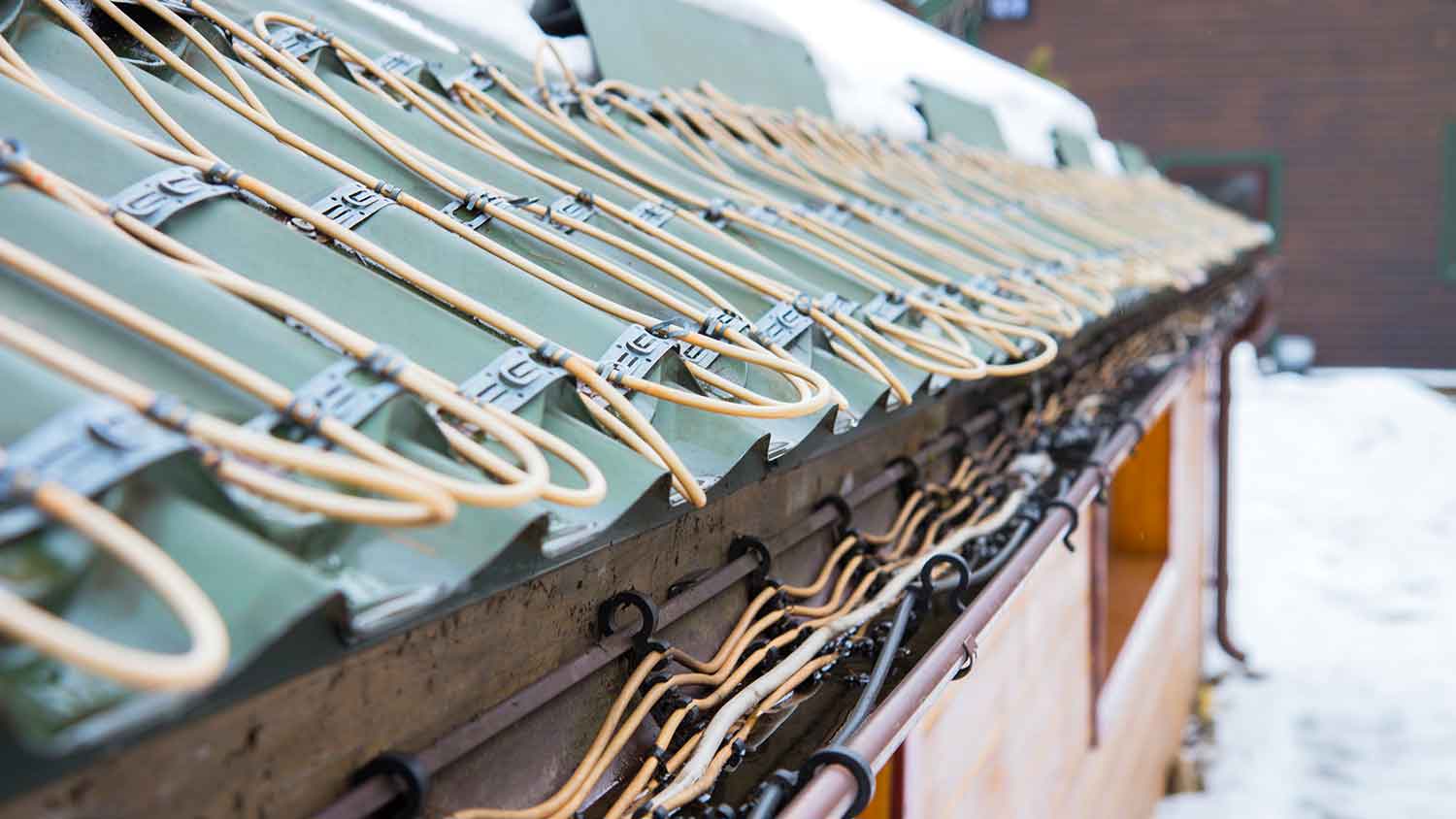 •
•Discover the average roof heating cable installation cost, key price factors, and how to budget for your project. Learn how to save and what to expect.

Ice dams can cause roof and water damage and even structural damage to your home. Learn what causes them and how to prevent them to avoid property damage.

In this article, we will answer the question, “What are snow guards?” and walk you through whether or not you need them on your roof.

Should I remove snow from my roof? This is a common question for homeowners during the colder months. Find out when and how to tackle the job safely this winter.

It’s a common myth that gutters cause ice dams, but any roof with snow on it can form ice dams. Learn how to protect your roof this winter.
- Plumbing in Newberry
- Tree Service in Newberry
- Lawn And Yard Work in Newberry
- Kitchen And Bath Remodeling in Newberry
- Fencing in Newberry
- Electrical in Newberry
- Landscaping in Newberry
- Swimming Pools in Newberry
- Pressure Washing in Newberry
- Flooring in Newberry
- Cleaning in Newberry
- Exterior Painting in Newberry
- Home Builders in Newberry
- Concrete Repair in Newberry
- Septic Tank in Newberry
- Mailbox Repair in Newberry
- Garbage Collection in Newberry
- Pest Control in Newberry
- Handyman Service in Newberry
- Excavating in Newberry
- Leaf Removal in Newberry
- Cabinet Makers in Newberry
- Insulation in Newberry
- Gutter Cleaning in Newberry
- Doors in Newberry
- Glass And Mirrors in Newberry
- Painting in Newberry
- Plant Nurseries in Newberry
- Mulch And Topsoil in Newberry
- Driveway Gates in Newberry
- 🌱 "Mow a small front yard"
- 🛠 "Fix a leaking pipe under the sink"
- 🏠 "Repair shingles on an asphalt roof"
